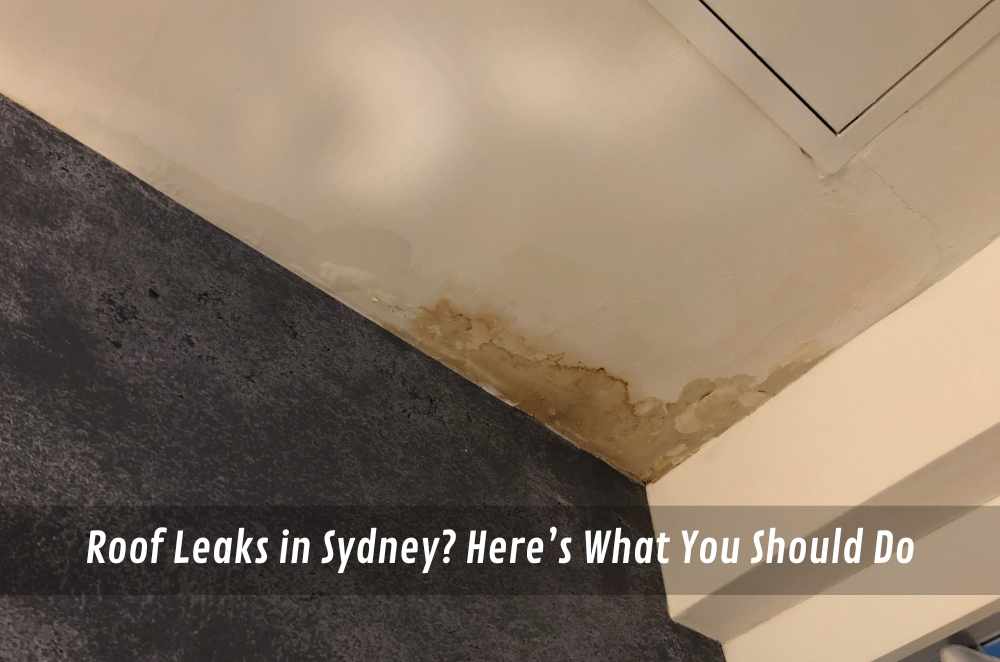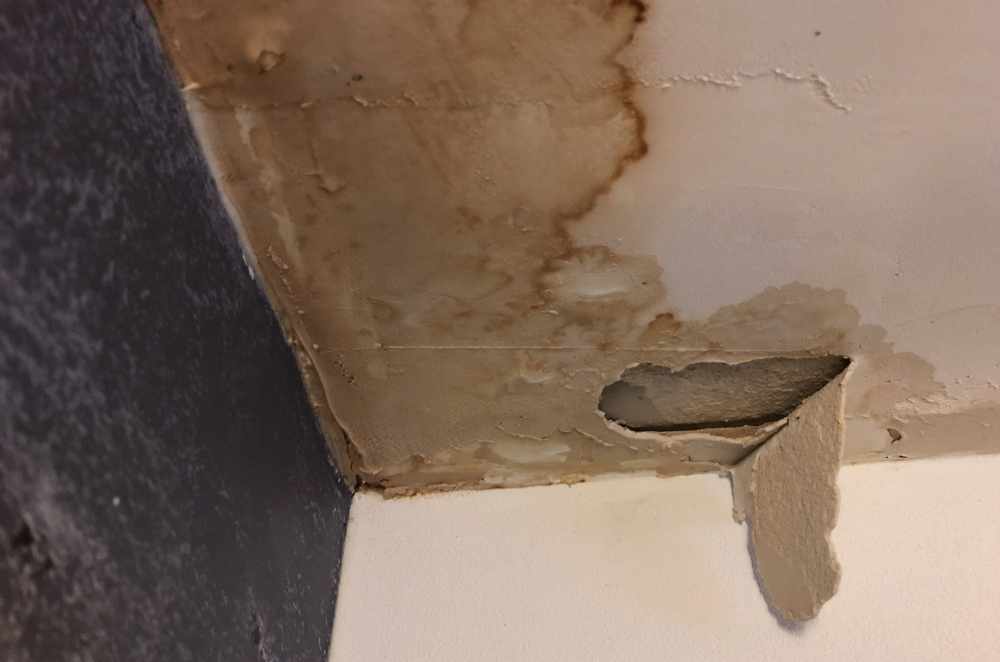
There’s a certain sound that no Sydney homeowner wants to hear during a storm — the slow, persistent drip of water where it doesn’t belong. If you’ve ever scrambled to move furniture or grab buckets, you’re not alone. But as tempting as it is to delay repairs, ignoring a leak can turn a minor nuisance into serious structural damage.
Whether it’s sudden storm damage or slow wear and tear, leaking roof repair isn’t something to put off. I learned this the hard way after a summer downpour revealed a cracked tile above our living room. By the time we addressed it, mould had set in and plaster was peeling.
Here’s what every Sydney homeowner should know about managing roof leaks before things get worse.
What causes most roof leaks in Sydney?
Sydney’s weather doesn’t mess around. Between summer storms and unpredictable downpours, roofs cop a beating — especially if maintenance has slipped.
Common causes of roof leaks include:
Cracked or displaced tiles from storms or foot traffic
Blocked gutters causing water to backflow under flashings
Rust or corrosion on metal roofing and fasteners
Damaged flashing around chimneys, skylights, or vents
Poorly sealed joins or previous DIY repairs gone wrong
After that storm at my place, the roofing specialist found a single cracked ridge tile. That’s all it took to let water run directly into the ceiling cavity.
What should you do the moment you spot a leak?
First things first — don’t panic, but act fast.
If water is actively dripping:
Move furniture and electronics out of the way
Place a bucket or container to catch water
Lay down towels to prevent further water spread
If possible, locate and photograph the entry point
Call a qualified roofer as soon as conditions are safe
If there’s electrical equipment nearby or water near light fittings, switch off power at the main switchboard and call an electrician. It’s not worth the risk.
Emergency repairs after a storm
In the middle of heavy rain, there’s often not much you can do to stop the leak, but temporary measures can help limit the damage.
Some roofing services offer emergency tarping or sealing. If you need help fast, the NSW SES has guidelines for emergency storm damage repairs, including how to request urgent assistance during peak events.
It’s also worth checking with your insurer — many policies will cover emergency callouts or short-term mitigation, even before a full roof repair is done.
How to know if the leak is new or old and ignored
Not every leak reveals itself with a puddle. Sometimes, the signs are subtle and show up long after the weather clears.
Watch for:
Bubbling or discoloured paint on ceilings or walls
Mould growth in the ceiling corners
Damp or musty odours after rain
Water spots near downlights or exhaust fans
Warping or staining in cornices or plasterwork
You can learn more about the early signs that you have a roof leak, especially if you suspect your home has had issues in the past.
Don’t DIY unless you know what you’re doing
We’ve all seen the Bunnings weekend warrior attempts — sealant slapped over flashing, roof cement smeared on like peanut butter, tarps flapping in the wind. But here’s the thing: roofing is dangerous. And temporary fixes often cause more harm than good.
I’ve climbed up to check a gutter blockage, only to realise how slippery a slightly wet roof tile can be. Even small jobs are best left to licensed professionals who understand:
Safe working at height
Correct repair techniques for tile, metal, or membrane roofs
Proper flashing and sealing methods
Underlying structural checks (batten damage, insulation, etc.)
Paying for proper leaking roof repair upfront will almost always cost less than fixing waterlogged framing or mould remediation later.
What happens if you ignore it?
Let’s not sugar-coat it — a leak left alone is a slow disaster.
Here’s what happened to a mate in Blacktown: a small stain in the corner of a bedroom ceiling, ignored for months. One freak storm later and the ceiling sagged, dumped insulation onto the floor, and soaked half the carpet. Final damage bill? Over $9,000 — none of it covered by insurance due to "negligence".
Risks of delay include:
Rotting of roof timbers and battens
Mould and mildew in insulation and plaster
Electrical faults or fire hazards
Collapsing ceilings or wall panels
Decreased property value or failed pre-sale inspections
It’s not fear-mongering — it’s the reality of water intrusion.
Prevention is cheaper than repair
Most roof leaks are preventable with basic maintenance, especially ahead of storm season. That means clearing gutters, checking for loose tiles, and inspecting flashing.
A qualified roof inspection every 12–24 months can catch issues early. Some homeowners even do this as part of preventing roof damage before winter.
Even if your roof “looks fine,” a $300 inspection might save you thousands in hidden repairs later.

Questions to ask your roofing contractor
If you’re booking a repair, don’t just go with the first name that pops up on Google. Ask:
Are you licensed and insured for roof repair?
Do you provide photos of before and after work?
What materials do you use — and are they weather-rated?
Do you offer emergency callout service?
Can you check for structural damage or just surface fixes?
A good roofer will walk you through their findings and explain your options. They won’t just plug a hole and vanish.
Final word: Act now, not later
Sydney’s weather isn’t going to wait — and neither should you.
If you hear a drip, see a stain, or feel the telltale musty smell of moisture, don’t ignore it. Call a pro. Book that inspection. And protect your home before a simple fix becomes a nightmare.
Because trust me, when it comes to roof leak repair, it’s not just about the roof. It’s about everything underneath it.





Write a comment ...